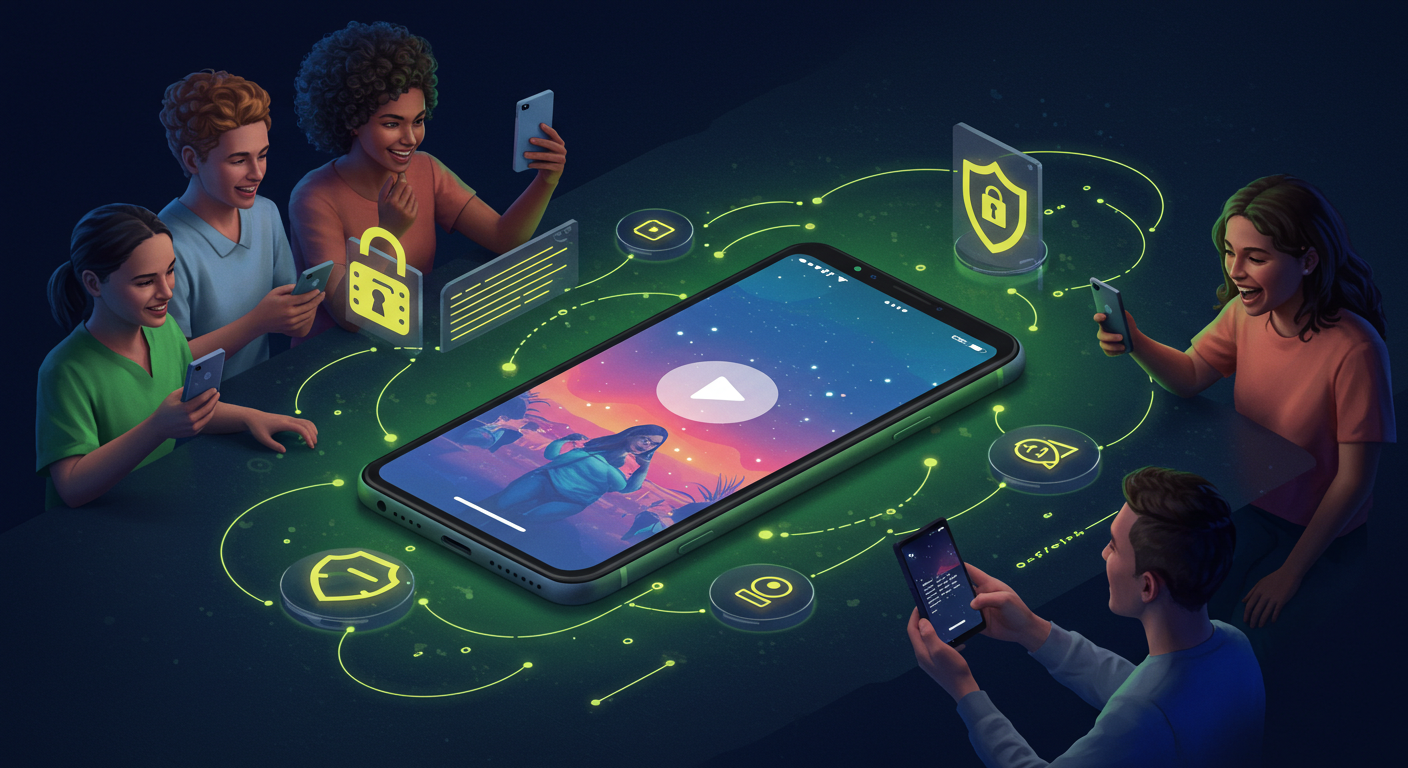The majority of fintechs only discuss features that are hidden behind apps or press releases when discussing security. However, Opay took a different approach. The company changed the rules for marketing in the banking industry by turning a technical subject into a cultural moment with the introduction of a security challenge.
From Security Features to Social Content
Users were invited to provide short videos demonstrating their preferred Opay security feature and how it safeguards their funds as part of the campaign. These features included Scam Alert, Night Guard, Emergency Lock, and Large Transaction Shield. Ultimately, Opay made security not only comprehensible but also shareable by transforming software features into imaginative prompts.
Why the Campaign Worked
So, why was it being offered? Prizes totalling over ₦10 million, with weekly awards and a grand prize of ₦1 million, were up for grabs for entries that went viral. It was a platform where people could gain exposure and perhaps some cash. Above all, it was an opportunity for Opay to empower its users to become advocates, storytellers, educators, and more.
1. Scaling Up User-Generated Content
Instead of depending only on conventional advertisements, Opay made thousands of organic stories available. As a result, every video doubled as a tutorial and a testimonial, multiplying trust without big ad spend.
2. Education Meets Entertainment
Even though security is usually a dull topic, it becomes more interesting when presented with challenges, humour, and skits. Therefore, the traits weren’t merely described; they were acted out by the participants.
3. Gamification Builds Momentum
Because of the weekly and big prizes, people remained interested, and the campaign didn’t end after just one week. Consequently, people came back, shared, and competed to be seen.
4. Influencer + Community Synergy
By incorporating popular creators like Taaooma, Maraji, and Veekee James, Tomike and other content creators alongside average consumers, Opay tapped into both influencer reach and grassroots authenticity.
5. Alignment With Brand Values
For fintechs, trust is money. By making security the main focus of the challenge, Opay showed that keeping users’ money safe isn’t an aside; it’s something that the brand stands for.
Lessons for Marketers
- Let Customers Tell the Story: Features seem more real when users describe them, not when brands do.
- Education Can Be Made More Memorable: Make it more like a game.
- Mix Influence and Inclusion: A mix of makers and regular users ensures that your message reaches and connects with people.
- Think About Your Core Values: Your marketing should make what your brand stands for clearer. That’s trust and safety for Opay.
Beyond Campaigns, Toward Advocacy
Ultimately, the Opay challenge shows how brands can turn the useful features of their products into cultural moments. It’s not enough to get people to download the app or create short-term buzz; you need to start a movement where users help write the brand’s story.
The lesson is simple: when you include customers in your story, you do more than just sell a product; you build trust that spreads like wildfire.
REGISTER FOR MARKETING EDGE STAKEHOLDERS SUMMIT







Comment
No comments found.